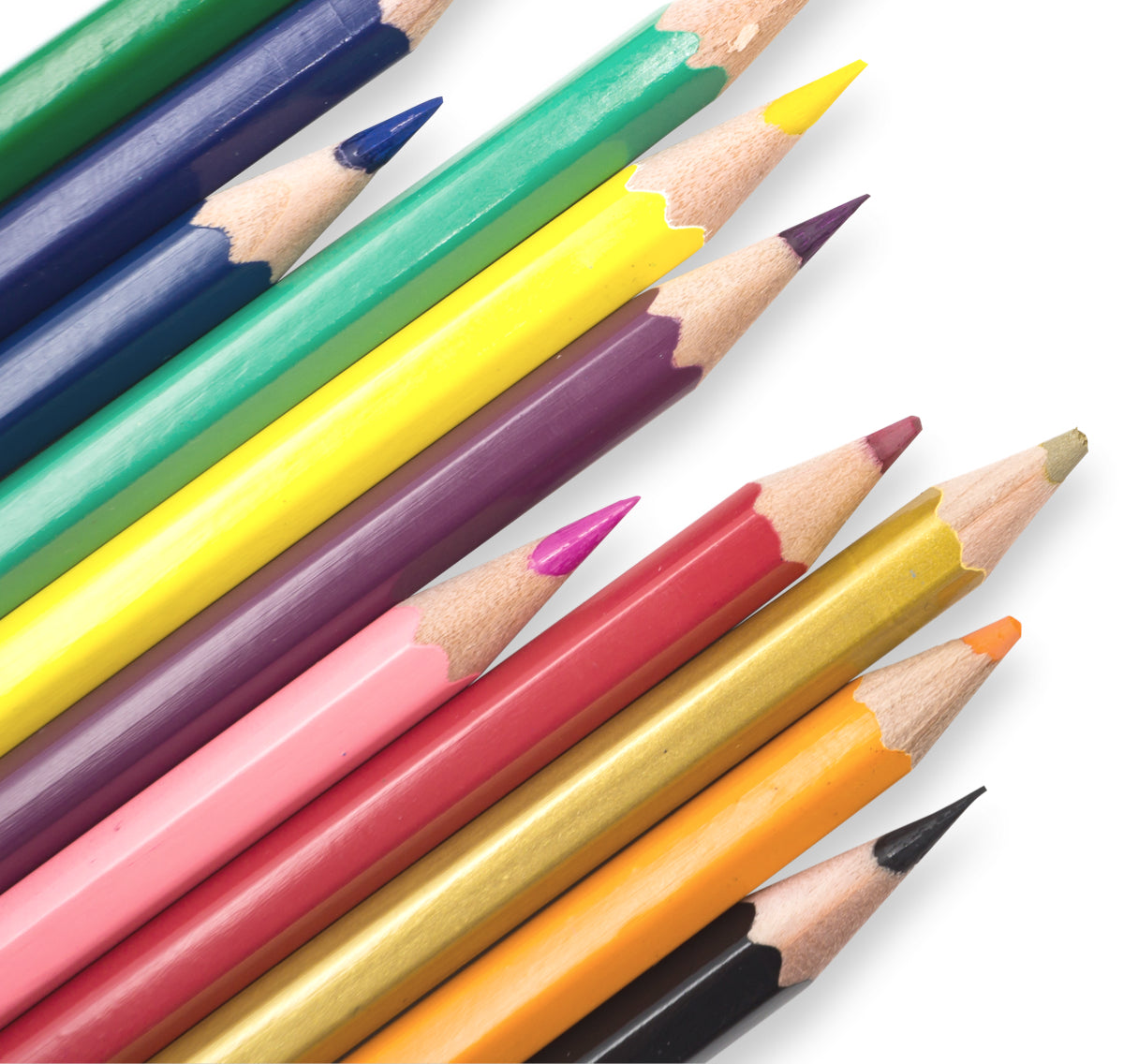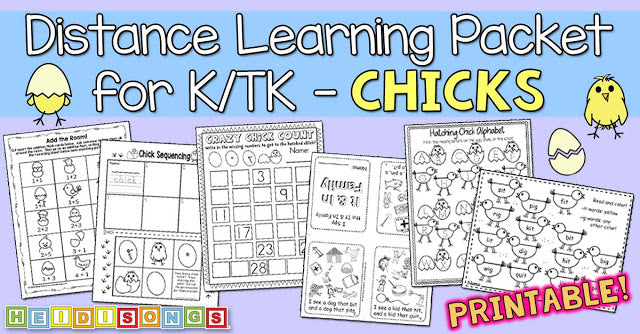
Hi, everyone!! I hope your November is treating you well, gearing up for the holidays! Today we have another wonderful guest blog post by my friend and fellow educator Cindy Pahr. Enjoy! 

It is my pleasure to guest blog again for Heidi! Today I want to share with you three things to know and to look for as children begin to learn and practice their printing and handwriting. This seemed like a great topic because in the comments of my last post here, a parent asked what to watch for in order to spot any difficulties their child may have with handwriting. It is indeed important to remember that there is a development process to handwriting (and, may I add, working on keyboards or iPads is not part of it!) Handwriting takes time and practice to master!
Check in with your kids on these important aspects of handwriting:
Pencil Grasp
These days, we seem to see more and more variations on the way children grip a pencil. One reason for this is that pencil grasp is not as reinforced as it once was, and I often am asked if pencil grasp is something teachers should worry about. Proper grasp can make a huge difference in a child’s rate of writing, especially as they get into upper grades. Holding a pencil incorrectly can compromise legibility and lead to issues with arthritis later in life. Now, I know this is not your worry in Kindergarten, but is does convey its importance. In short: yes, teaching proper grasp is important and yet, with so many other things to worry about, we need to do it smartly.

One of the approaches I recommend is to remember that when holding a pencil, there should be an open, rounded space between the thumb and the index finger. To mimic this, make the “OK!” symbol by making a circle with your thumb and index finger and fanning out your other three fingers. This space allows the fingers to move with the motion of the letter, unlike what I call the “death grip”, where fingers are so tightly wrapped around the pencil that neither they nor the pencil can freely move.
A handy way for all to remember and reinforce this when your students are writing is, on your call, to have them check to “Make sure you are “OK” for writing!”: when they look at their hand, they should see that round space between their fingers and make the “OK” symbol. They can either tell you they’re okay, or correct to be okay!

Another tip is to have a ball or sphere around a pencil for the student to use as a “mold”. By placing the three fingers used in proper grasp around the mold, they are able to get the feeling of what rounded fingers feel like. (For most, this is not a pencil grip to be used when writing- because you won’t have the motion in your fingers while holding the ball!) Just have the students feel the form and then try to do it on their own with their pencils. Keep one or two of these pencils with spheres in your pencil jar in case anyone needs a refresher!

Letter Form
We talked about form of letters in my previous guest blog. Children learn best while experiencing letter forms in a variety of ways. Last time, we talked about Magnetic Tracing the letters, making letters with Wikki Stix® or clay snakes, and writing on our backs.
Another very effective and important way to learn letter form is with large body (gross motor) movements. Heidi’s Letters & Sounds videos are an awesome way to help kids remember letter form by combining song with movement. The videos show the letter represented in each song in the top corner of the screen, and shows each stroke pattern used to form the letter. The videos also model “air writing” each letter- another recommendation I make in the CLIME® Manual! By singing, moving and seeing the letter form, kids learn to identify each unique letter!
Be on lookout for letter strokes. Sometimes, it is a certain type of stroke that is in several letters that needs practice. How wonderful is it when with the correction of one stroke, many letters become beautiful when writing!Strokes you can be on the lookout for are:
– Closures: Letters can look messy when the line doesn’t close. Help the students practice closing those strokes. Good letters to practice this are o, a, b, d, g, and p
– Re-tracing: Many letters involve retracing right over the previous stroke. It is amazing how many students’ writing I see that has this common error. This error can make a whole paper look messy. Help the student to practice going up and down on the same line to get the concept and many letters are corrected at once! (My magnetic tracers also help with that!)
Writing on the line and Proportionality
It can seem so overwhelming to a child when their writing is messy, disproportional and not neatly on the line. I have seen students just give up on writing, avoid work, crumple up their paper, and even cry. This is not what we want our students to experience. I have a wonderful, fun, and simple way to help kids understand where letters should be placed on the line. With color-coded paper and associated story in my Living Letters Storybook, they quickly see and learn letter placement. Once this concept is understood, they move to white lined paper!
In my Living Letters products, we use the sky, grass, and earth concept to each where letters “live” on the line (up in the blue sky, down in the brown earth, or right in the middle in the green grass). The bars of color on the lines correspond with this story and provide a guide all the way across the paper to help reinforce proper letter form. I have seen these tools help tremendously with guiding the child as to where each letter should go.

I hope you’ve found these tips and hints helpful. Remember that learning handwriting is a process and that it can only be mastered through practice! I hope that knowing some things to look for and focus on will help turn what can be a frustrating experience into a happy learning opportunity for you and your students!
Have a wonderful, Brain-Engaging day!
day!
Cindy Pahr
cindy@educlime.com
www.educlime.com
———————————-
Follow me! Did you enjoy this post? Do me a favor and share it with your friends! And follow this blog by signing up email updates, or follow on Bloglovin’, or follow me on TPT! I’m also on Pinterest, Facebook, Twitter, Instagram, Google+ and YouTube, too! Don’t forget to sign up for our email newsletter (on the left sidebar) for special deals and promo codes that you won’t find out about anywhere else.
















